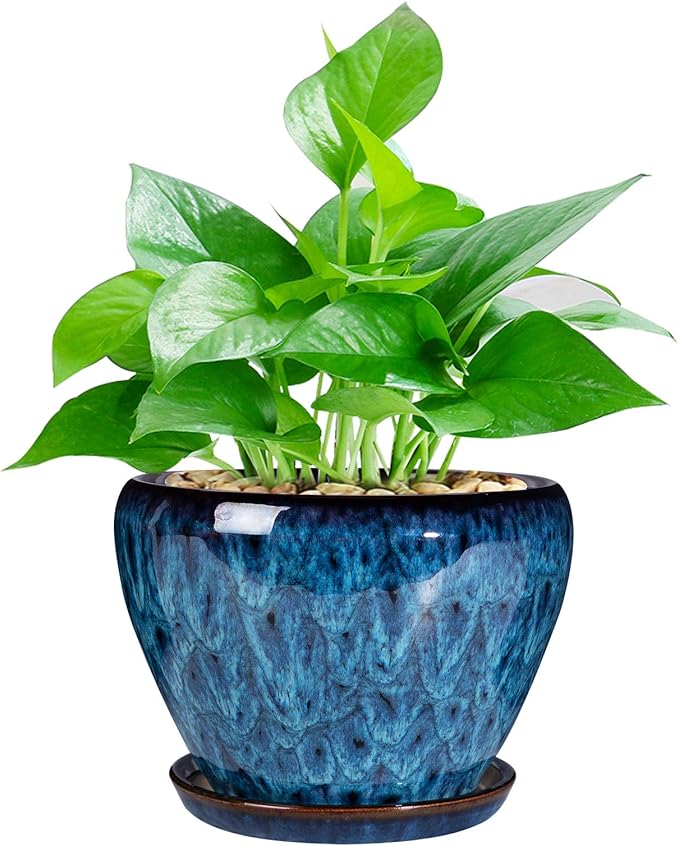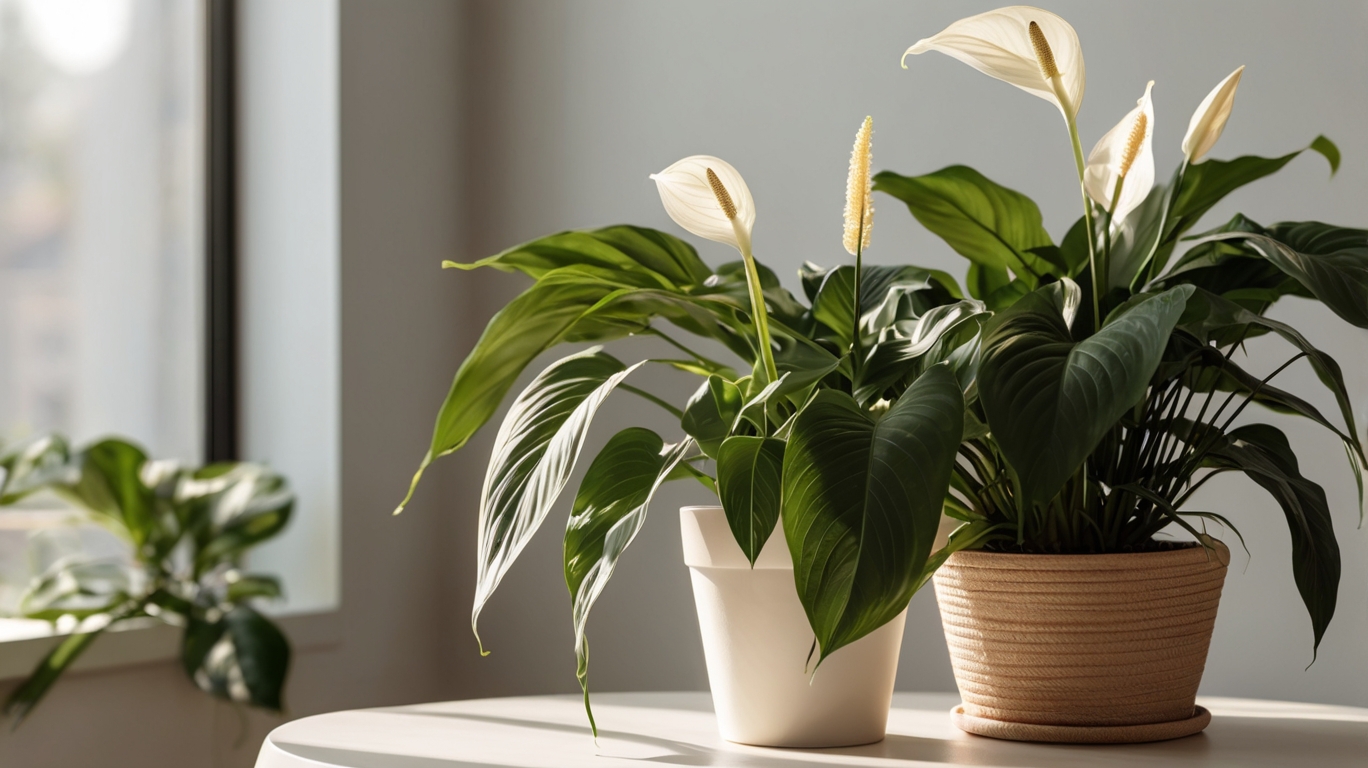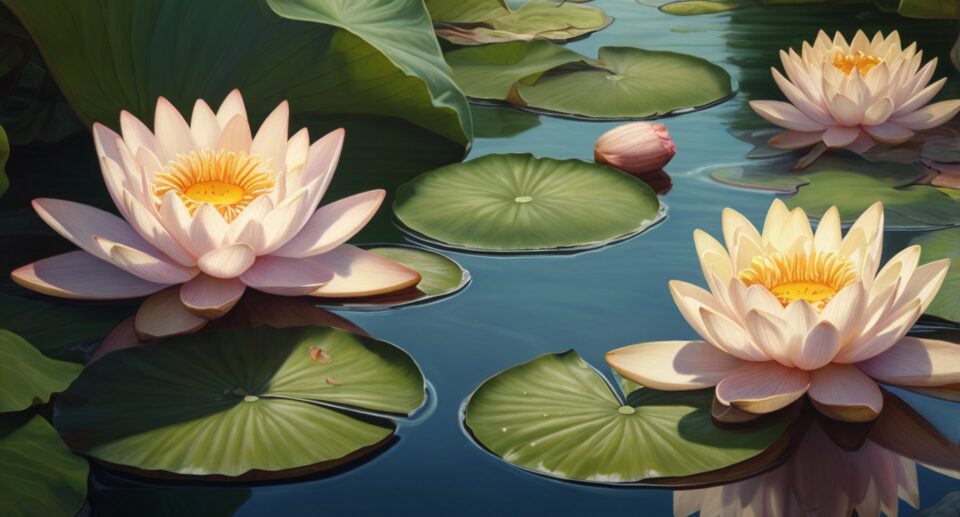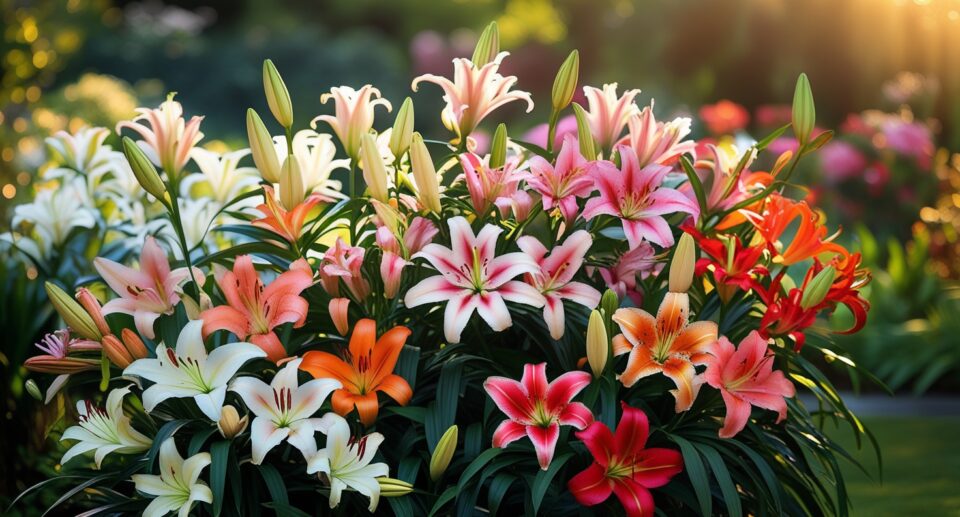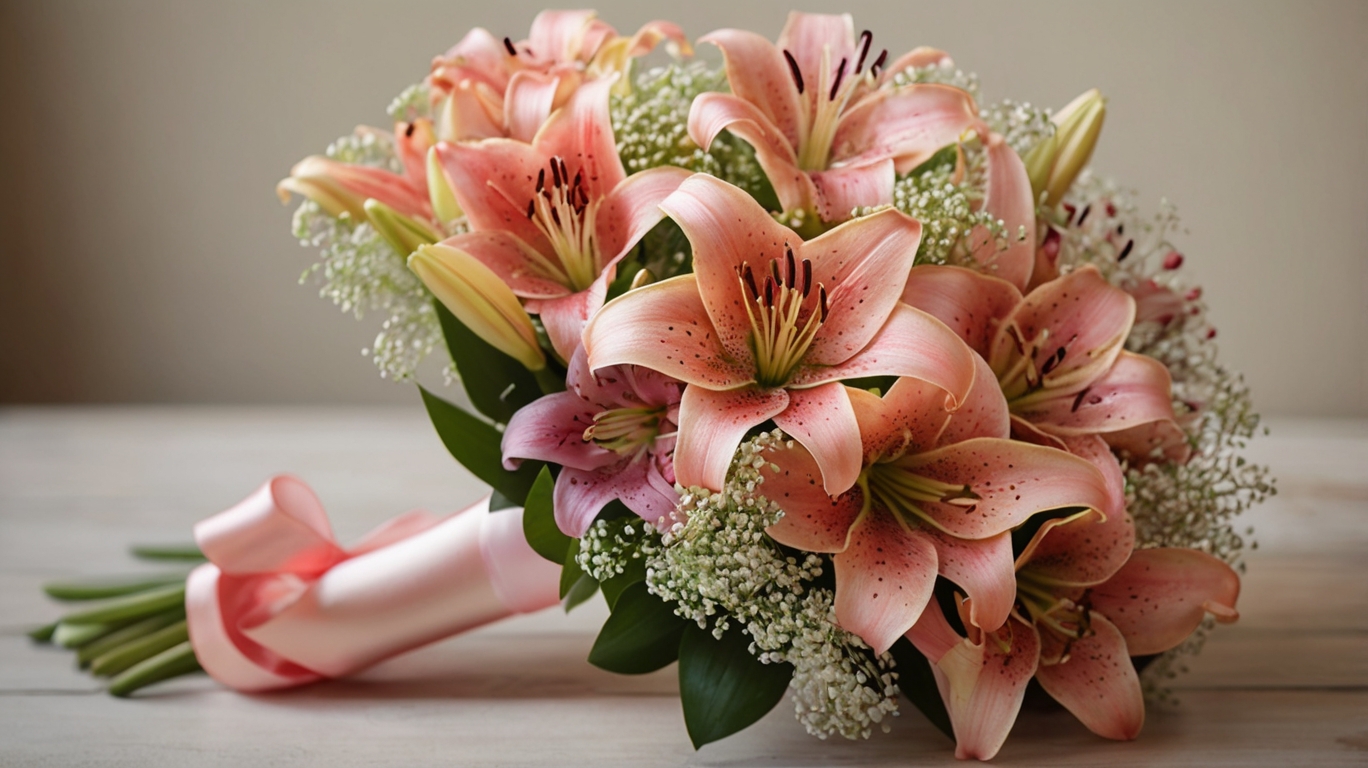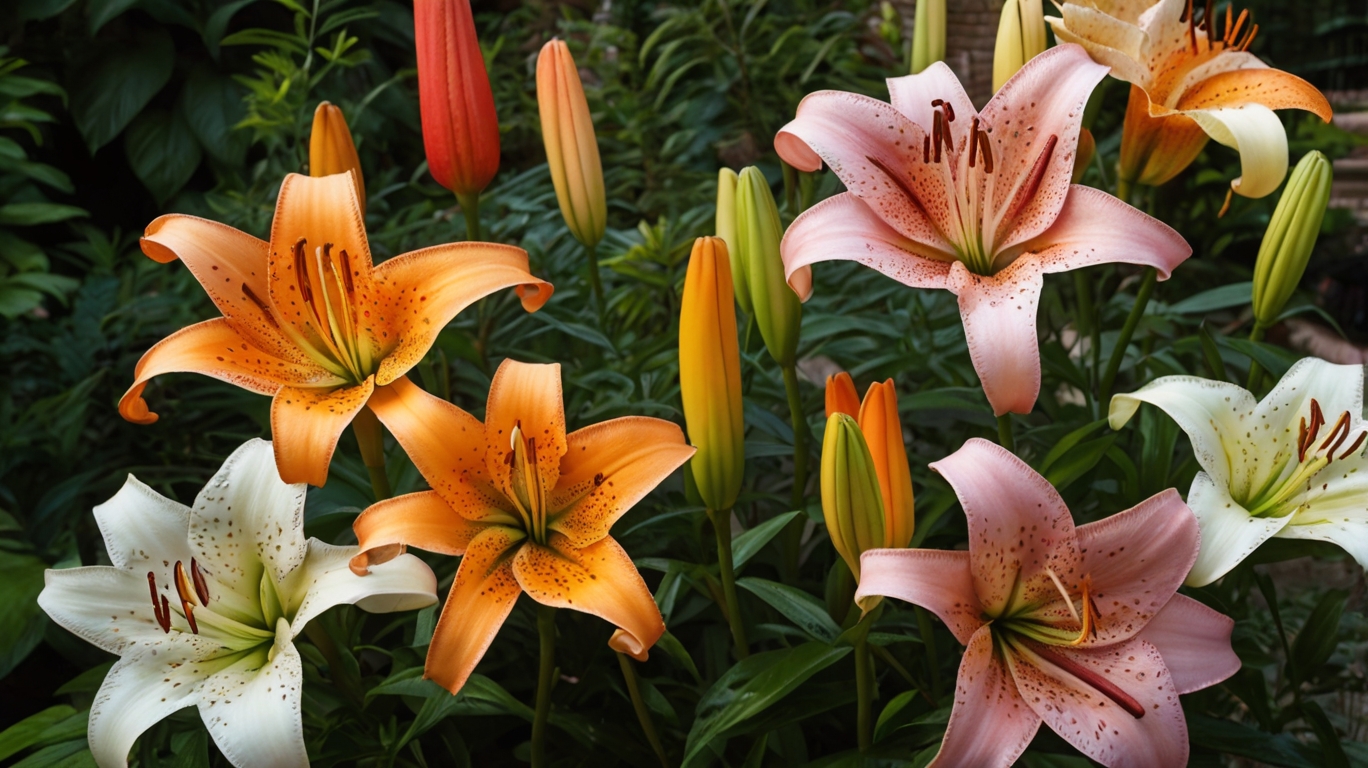When Do Water Lilies Flower? Seasonal Bloom Guide #1

Water lilies Flower are some of the most stunning aquatic plants, instantly recognizable by their floating leaves and brightly colored, fragrant blooms. Found in ponds, lakes, and water gardens around the world, they add beauty and serenity to any water feature. However, many pond owners and gardeners wonder: when exactly do water lilies bloom?
In this detailed guide, we’ll explore all the key factors that affect the blooming cycles of water lilies. You’ll learn about their seasonal patterns, the role of temperature and sunlight, the differences between hardy and tropical varieties, and the essential care tips that can extend and enhance their flowering period. Whether you’re a beginner or an experienced gardener, this guide will help you get the most out of your water lilies.
Introduction to Water Lilies
Water lilies, part of the Nymphaea genus, are perennial aquatic plants known for their round, flat leaves and striking, often fragrant flowers that rest on or just above the water’s surface. These plants are not only admired for their beauty but also play a key role in maintaining a healthy pond environment. They provide shade that helps reduce algae growth, create shelter for fish and other aquatic life, and contribute oxygen to the water, which supports the entire ecosystem.
Because of their visual appeal and ecological value, water lilies are a favorite in many water gardens. But to enjoy their full potential, it’s important to plant and care for them properly. Timing, sunlight, water conditions, and regular maintenance all affect how well they grow and how often they bloom. With the right conditions and care, water lilies can thrive and transform any pond into a vibrant, living display.
Types of Water Lilies
Understanding the types of water lilies is essential when determining their blooming period. There are two primary categories:
Hardy Water Lilies
-
Native to temperate climates
-
Can survive winter in frozen ponds
-
Flower during the warmer months
-
Available in colors like white, pink, yellow, and red
Tropical Water Lilies
-
Require warm climates or overwintering indoors
-
More exotic and vibrant in color
-
Some varieties bloom at night
-
Typically larger and more fragrant than hardy varieties
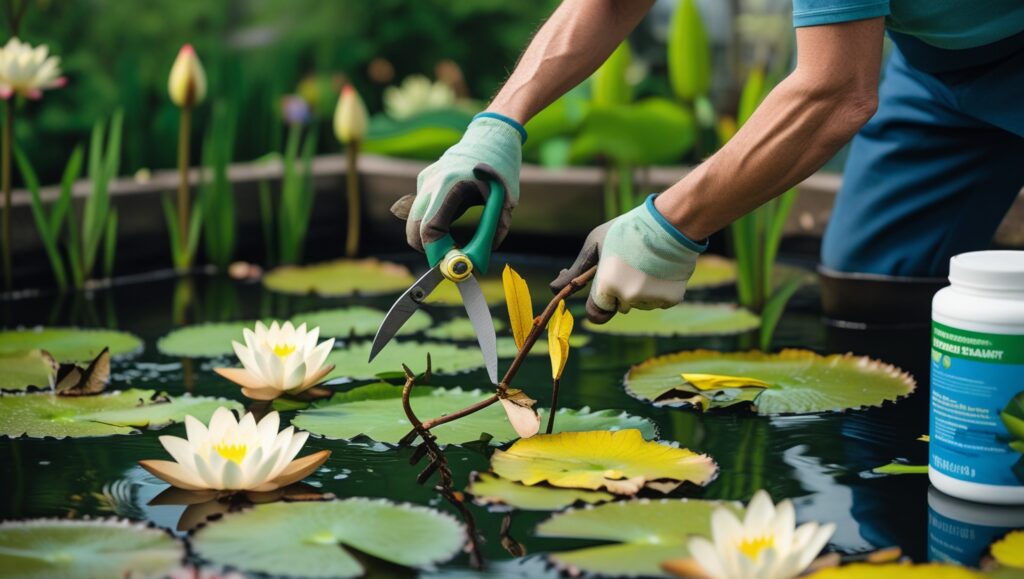
When Do Water Lilies Flower?
Now, to the heart of the matter: when do water lilies flower?
Seasonal Blooming Guide
The flowering time of water lilies varies depending on the type and local climate, but general trends include:
| Water Lily Type | Blooming Season | Daily Blooming Hours |
|---|---|---|
| Hardy Water Lily | Late Spring to Early Fall | Mid-morning to afternoon |
| Tropical Day Bloomers | Late Spring to Fall | Morning to mid-afternoon |
| Tropical Night Bloomers | Late Spring to Fall | Evening to early morning |
-
Hardy lilies typically begin blooming once water temperatures consistently reach 65°F (18°C), which usually occurs in late spring (May–June) depending on location.
-
Tropical lilies require warmer temperatures, often blooming when water hits 70–75°F (21–24°C), commonly in early summer (June–July) and continuing until early fall.
Environmental Factors Affecting Bloom
Several conditions influence when and how well water lilies flower:
-
Water temperature: Essential trigger for blooming
-
Sunlight: Minimum 6 hours of direct sunlight daily
-
Water depth: Ideal range is 6–18 inches, depending on variety
-
Nutrient availability: Poor soil or low fertilization can delay flowering
-
Water quality: Stagnant or overly dirty water can hinder growth
How Long Do Water Lilies Bloom?
Once they start, most water lilies continue blooming through the warm months:
-
Hardy lilies bloom for about 3–4 months (typically May to September)
-
Tropical lilies can flower for 5–6 months in warm regions or indoors
Each flower usually opens in the morning, lasts for 3–5 days, and closes each night.
Lifespan of a single bloom:
-
Opens: Morning (or evening for night bloomers)
-
Lasts: 3–5 days
-
Petals close: Each night or during cloudy weather
With proper care, a healthy plant can produce dozens of blooms throughout the season.
How to Encourage Water Lilies to Flower
To ensure your water lilies bloom at their peak and for as long as possible, follow these proven care strategies:
1. Ensure Adequate Sunlight
Water lilies thrive in full sun. Place them in a spot where they receive at least 6–8 hours of direct sunlight daily.
2. Maintain Ideal Water Conditions
-
Temperature: Keep between 70–80°F for optimal blooming
-
Depth: Position containers at recommended depths (varies by species)
-
Water clarity: Keep ponds clean to allow light penetration
3. Fertilize Regularly
Use aquatic plant fertilizer tablets monthly during the growing season. Look for fertilizers with higher phosphorus content (middle number) to boost blooming.
4. Prune Old Growth
Remove:
-
Yellow or dying leaves
-
Spent flowers
This prevents decay and channels energy into new blooms.
5. Repot When Necessary
Crowded rhizomes can reduce flowering. Repot every 1–2 years in spring using aquatic soil and wide, shallow containers.
Common Reasons Water Lilies Fail to Bloom
If you’re wondering, “Why aren’t my water lilies flowering?”—you’re not alone. Here are some common culprits:
-
Insufficient sunlight: Too much shade = no blooms
-
Cold water: Below 65°F delays growth
-
Overcrowding: Roots need space to spread
-
Poor nutrition: No fertilizer = fewer flowers
-
Wrong depth: Too deep or too shallow impacts blooming
-
Pest or disease: Aphids, snails, or fungal issues can weaken plants
Quick Troubleshooting Checklist:
-
✅ Is your lily getting enough sun?
-
✅ Have you fertilized recently?
-
✅ Is water temperature above 65°F?
-
✅ Are leaves overcrowded or rotting?
-
✅ Is the water clear and oxygenated?
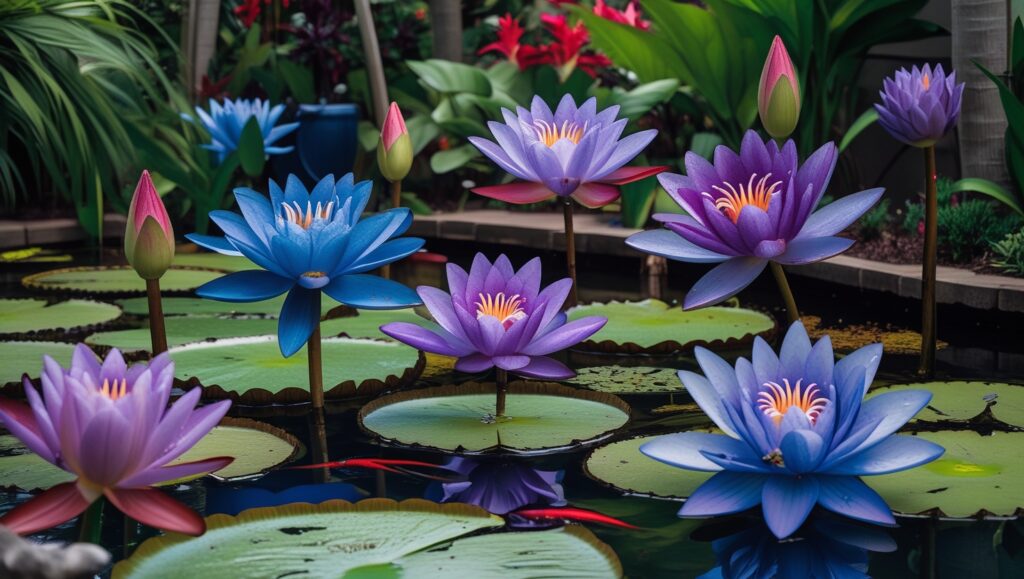
Best Practices for Water Lily Maintenance
To get the most out of your lilies every season, establish a consistent care routine:
Spring
-
Repot if needed
-
Fertilize as water warms
-
Remove winter debris
Summer
-
Fertilize monthly
-
Prune spent blooms and dead leaves
-
Monitor pests
Fall
-
Reduce feeding
-
Trim foliage
-
Prepare hardy varieties for dormancy
Winter
-
Move tropical lilies indoors
-
Keep hardy lilies submerged
-
Clean pond to minimize rot
Conclusion
Water lilies typically bloom from late spring to early fall, but the exact timing can vary based on the type of lily, the climate in your area, and how well the plants are cared for. Hardy water lilies tend to flower in temperate zones during the warmer months, while tropical varieties may bloom for a longer season in consistently warm climates or when kept indoors. Regardless of type, with enough sunlight, clean water, and the right temperature, your lilies will flourish and bring vibrant color to your pond or water garden.
To enjoy the fullest display of blooms, it’s important to select the right variety for your environment and maintain good growing conditions. Regular care—like fertilizing, pruning dead leaves, and repotting when needed—helps the plants stay healthy and productive. With proper attention, water lilies will reward you with a stunning, long-lasting display of floating flowers year after year.
Click the link below to buy “FLOWER Retro Wooden Stand Plant Terrarium with 3 Bulb Glass Vases for Hydroponic Home & Office Décor”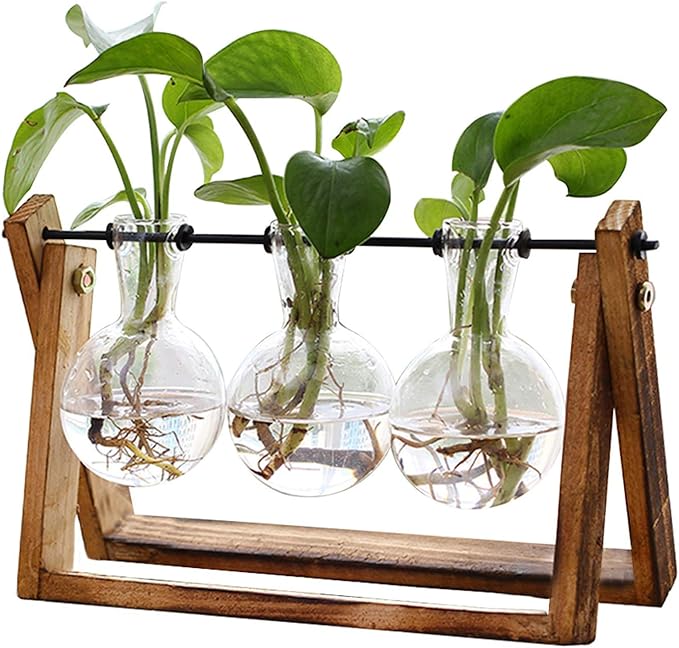
Click Here
“Click the link below to buy “6-inch modern ceramic planter with glaze, drainage hole, and saucer for indoor & outdoor plants.”
